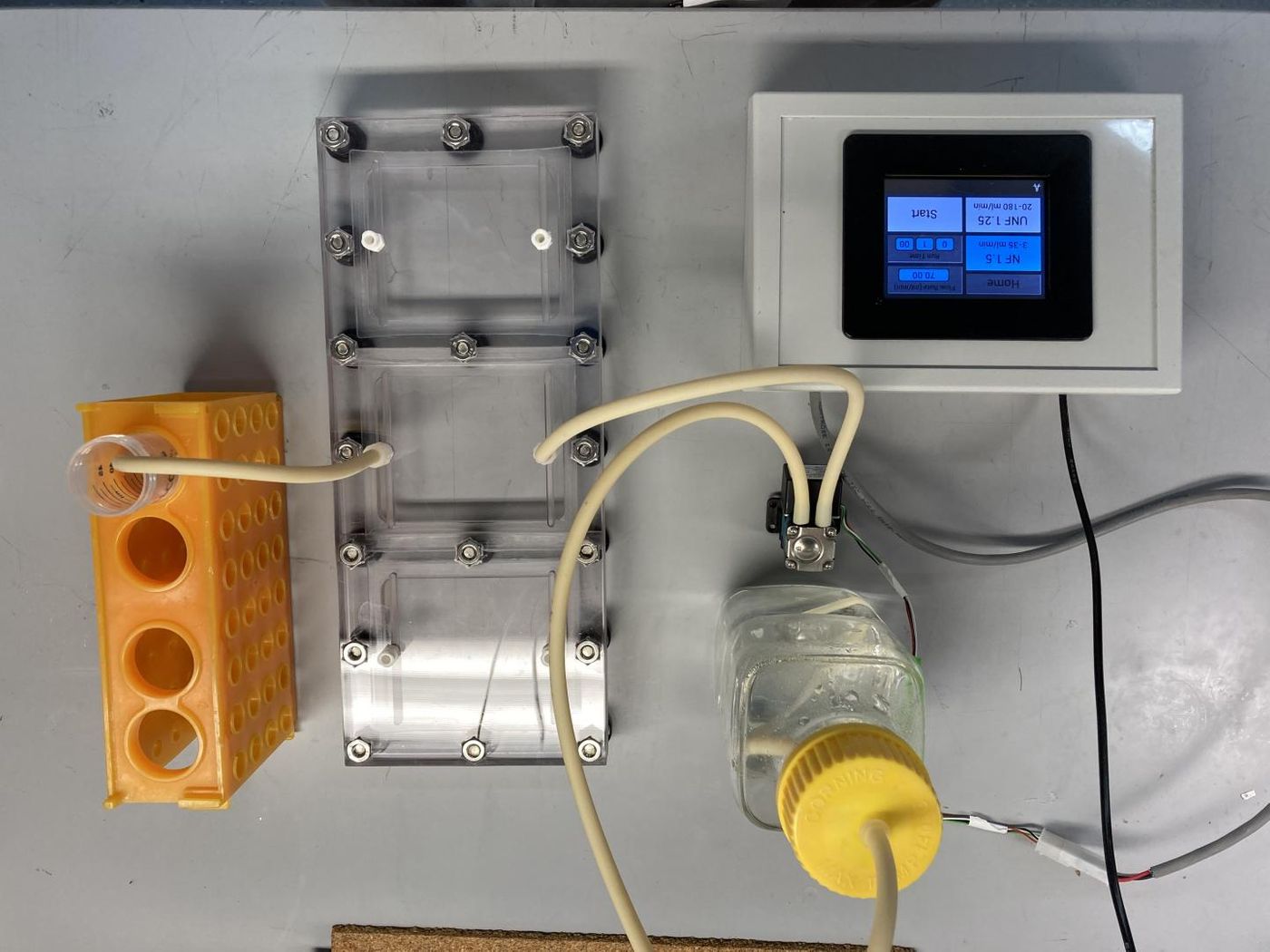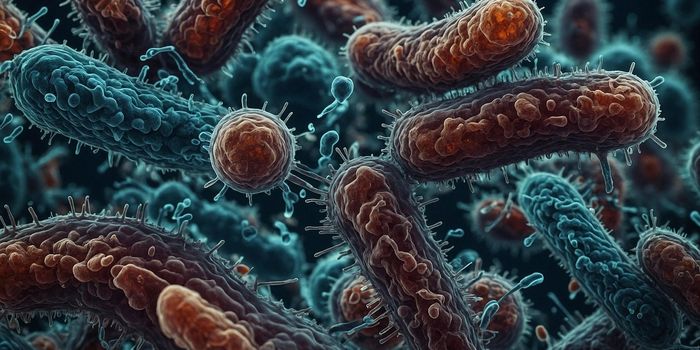Deadly Cancer Cells Can Move in the Wrong Direction
Cancer is most deadly when it metastasizes; when cells break away from a primary site of cancer and move through the body, triggering cancer elsewhere. Scientists have now found that some cancer cells have the ability to migrate away from the stiff tissue of a tumor. Normally, healthy cells move from softer to stiffer tissues, a process known as durotaxis. But metastatic cancer cells are an exception, exhibiting what's called adurotaxis, in which they move toward soft places.
Previous studies have shown that cells that aren't very sticky can invade tissues more forcefully than cells that are adherent. Now, University of California San Diego and San Diego State University scientists built on that work to show that contractility can change that. When non-sticky cells are exposed to a chemical that reduces their contractility, they will migrate towards stiffer tissue. When the contractility of very sticky cells is increased, they move towards less stiff tissues. The findings have been published in Cell Reports.
"The main takeaway here is that the less adherent, more contractile cells are the ones that don't exhibit typical durotactic behavior," said first study author and bioengineering graduate student Benjamin Yeoman. "But beyond that, we see this in several different types of cancer, which opens up the possibility that maybe there's this commonality between different types of carcinomas that could potentially be a target for a more universal treatment."
In this work, the researchers used computational tools that revealed a connection between contractile force and the adhesion of a cell in places with a certain degree of stiffness. A microfluidic flow chamber was used to confirm the results; the researchers used video to study the cell migration. Very adherent cells moved to stiff sections in durotaxis while less sticky cells went to softer areas in adurotaxis.
"It worked perfectly," said bioengineer Parag Katira, the co-corresponding study author. "It was really an ideal collaboration, where you have experimental results that show something is different; then you have a computational model that predicts it and explains why something is happening, and then you go back and do experiments to actually test if that's going on. All of these blocks fell into place to bring this interesting result."
Myosin is a protein involved in contractility, and by altering the level of active myosin in a cell, the researchers could coax durotactic cells to move away from stiff tissues and adurotactic cells to move towards stiff areas.
The researchers are hopeful that microfluidic devices like the one used in this study could help clinicians make better predictions about disease outcomes for patients; the metastatic potential of cancer, and thus, how dangerous it is, could be evaluated more accurately. That information could inform treatment options.
"Understanding the mechanisms that govern invasion of many different tumor types enables us to better use this device to sort and count cells with weak adhesion and their percentage in a tumor, which may correlate with poor patient outcomes," said co-corresponding study Adam Engler, professor of bioengineering at UC San Diego.
The researchers acknowledged that other factors may be at work when it comes to metastasis. But contractility and adhesion seem to be involved in at least some cases.
"The point is not to say that nothing else can drive cells away from a tumor," noted Katira. "There could be other drivers for metastasis, but this is clearly an important mechanism, and the fact that cells can do this across lung, breast, and pancreatic cancer cells tells us this is generalizable."
Sources: AAAS/Eurekalert! Via University of California San Diego, Cell Reports







![Everything You Need To Know About NGS [eBook]](https://d3bkbkx82g74b8.cloudfront.net/eyJidWNrZXQiOiJsYWJyb290cy1pbWFnZXMiLCJrZXkiOiJjb250ZW50X2FydGljbGVfcHJvZmlsZV9pbWFnZV9mNTM1ZjIyYzA5MDE5ZmNmMWU5NmI0ZDc4NWU2MzdiZTZlN2I5ZDk5XzE4NDUuanBnIiwiZWRpdHMiOnsidG9Gb3JtYXQiOiJqcGciLCJyZXNpemUiOnsid2lkdGgiOjcwMCwiaGVpZ2h0IjozNTAsImZpdCI6ImNvdmVyIiwicG9zaXRpb24iOiJjZW50ZXIiLCJiYWNrZ3JvdW5kIjoiI2ZmZiJ9LCJmbGF0dGVuIjp7ImJhY2tncm91bmQiOiIjZmZmIn19fQ==)


